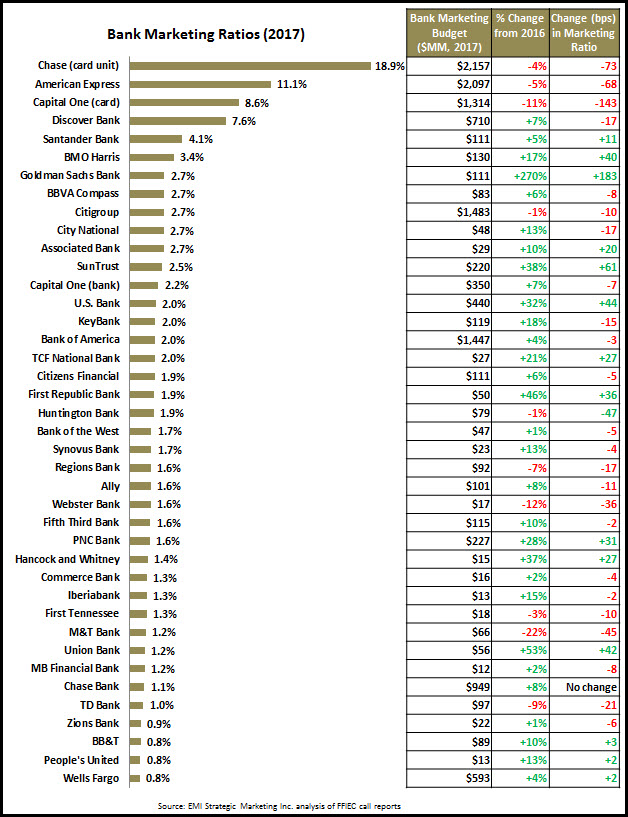Several factors are leading banks to increase their focus on enhancing the customer experience. Many have taken a more customer-centric approach to regain trust following the Financial Crisis. There has also been a shift away from an overarching focus on new customer acquisition and towards optimizing customer lifetime value. And banks are looking to counter the increasing competitive threat posed by FinTech firms that promise to manage all their clients’ financial needs through a single digital platform.
There are several ways banks can benefit by integrating an understanding of the customer experience in solutions development and delivery.
- Change customer perceptions. Build systems and strategies around the customer experience that retains your traditional strengths (trust, experience, product breadth and expertise) while tackling some of the more negative perceptions of the sector (slow moving, inwardly-focused).
- Differentiate yourself from other banks. To fully embrace the customer experience, you may need to make significant changes in many areas, including organizational structures, marketing, sales and service. And be sure to plan carefully. These types of changes often come with a number of barriers (including organizational inertia and lack of senior management buy-in) and, unfortunately, many banks fail to make the transition.
- Optimize customer lifetime value. By understanding customer needs and challenges at various stages of the customer life cycle, you can reduce customer churn, while improving cross-sell/upsell rates.
- Integrate your sales and service channels. One of the key selling points of FinTech firms is their commitment to providing a seamless customer experience on their platforms. Though banks have traditionally struggled to integrate their digital and human channels, many surveys have shown that customers do use multiple bank channels. Banks that can provide a seamless customer experience across their various channels can both increase customer satisfaction and gain a competitive advantage over the FinTechs.
- Capture the voice of the customer. By developing opportunities for customer feedback at all sales and service touchpoints, you can gain real insights into customer needs, behaviors and preferences; identify gaps in these areas; and incorporate this intel into developing new products and enhancing existing solutions and service.
- Leverage internal stakeholder insights. To gain a strong understanding of how to improve the customer experience, gather detailed insights from front-line sales and service staff who can offer unique perspectives. Along with the voice of the customer, use these insights to develop more informed product development as well as marketing, sales and service initiatives.
- Optimize return on investment. Identify areas that have the greatest potential for enhancing the customer experience, and redirect investment to these areas.
- Create customer advocates. Engaged customers who have a consistently positive experience often turn into advocates (on social media, through word of mouth, etc.) and may even become referral sources.
